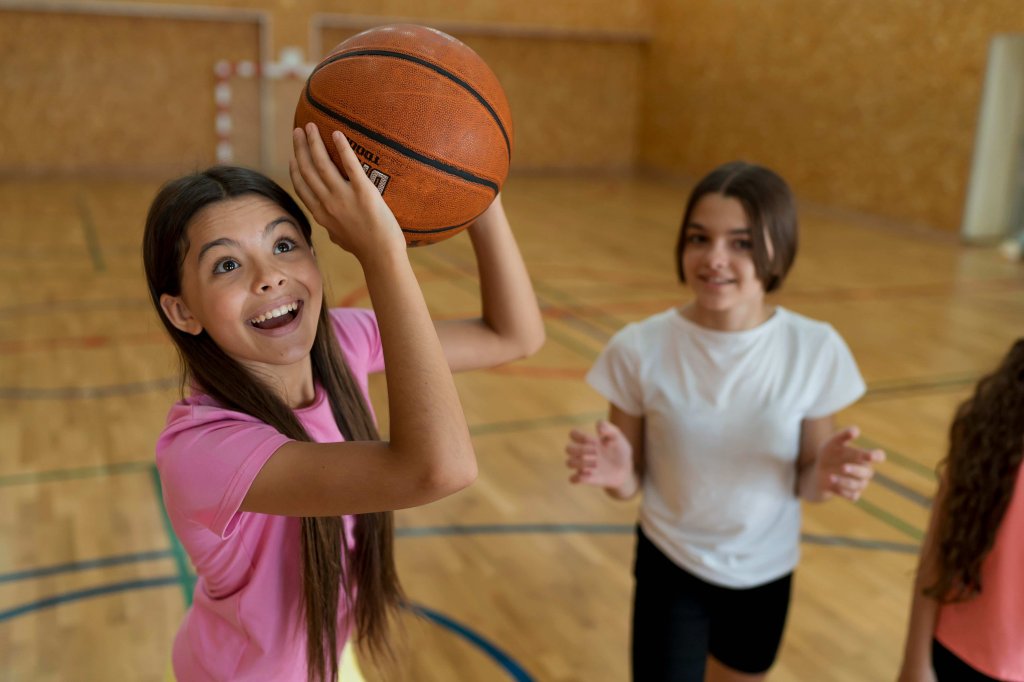Sports are highly beneficial for children's physical and mental development. However, there are also some injury risks associated with playing sports. Preventing sports injuries in children is essential to ensure that children can play sports safely. So, what steps should be taken to reduce the risk of sports injuries in children, and what should be considered?
1. Proper Equipment Use
The use of appropriate equipment is one of the most critical factors in preventing injuries during sports. Children should use protective gear (helmets, knee pads, elbow pads, mouthguards, etc.) suitable for the sport they are playing. Ensuring the equipment is the right size and made from reliable materials increases its effectiveness. For example, helmets used for cycling or skating significantly reduce the risk of head injuries. Additionally, sports shoes that are well-fitted and supportive can prevent foot and ankle injuries.
2. Warm-up and Cool-down Exercises
Another important way to prevent sports injuries in children is by doing adequate warm-up exercises before playing and proper cool-down exercises afterward. Warm-up exercises prepare the muscles for the activity, reducing the risk of muscle strains and cramps. Cool-down exercises help relax the muscles, preventing stiffness and soreness after physical exertion. Encouraging children to perform these exercises before training sessions and games is a crucial step in avoiding sports injuries.
3. Learning Proper Techniques
Learning and applying the correct techniques while playing sports significantly reduces the risk of injury. In sports that involve physical contact, such as football, basketball, or gymnastics, improper movements or incorrect techniques can lead to serious injuries. Therefore, children should be taught the proper techniques by their coaches before starting the sport. Additionally, reinforcing these techniques through continuous practice helps children play sports more safely.
4. Emphasizing Rest
Rest is crucial for the body to recover during sports activities. Overtraining can put excessive strain on a child’s muscles and joints, leading to injuries. Ensuring sufficient rest in weekly training schedules and encouraging children to prioritize rest reduces the risk of injury. Engaging in sports while the body is fatigued increases the likelihood of muscle and joint injuries. Therefore, rest days should be carefully planned in training programs.
5. Proper Nutrition and Hydration
Proper nutrition and hydration play a key role in preventing injuries in children who participate in sports. Providing the body with essential vitamins, minerals, and proteins helps strengthen muscles and increase endurance. Foods rich in vitamin D and calcium support bone health, while protein-rich foods contribute to muscle development. Additionally, adequate water intake is crucial to replace the fluids lost during sports. Dehydration can cause muscle cramps and fatigue, increasing the risk of injury.
6. Choosing Age-Appropriate Sports
Selecting sports that are suitable for a child’s age and physical development plays a significant role in preventing sports injuries. Not all sports are appropriate for every age group. Lower-risk sports should be preferred for younger children. Furthermore, children should participate in activities that match their physical abilities. Strenuous sports activities can overload a child’s body, leading to injuries.
Conclusion
Preventing sports injuries in children can be achieved through proper equipment use, warm-up and cool-down exercises, and learning correct techniques. Additionally, rest, nutrition, and hydration are crucial factors in reducing injury risks. Parents and coaches should inform and guide children in these areas to ensure their safety while participating in sports. By following these tips, you can help children stay safe and enjoy a healthy sports life.




